Digital Subscriptions Panelist

James Normandin
A New England native and veteran publisher of independently-owned newspapers has been named Chief Operating Officer of Union Leader Corp.
James Normandin will begin his new job on July 1. The position is a new one, overseeing the news company’s advertising as well as its general operations. The announcement was made by Union Leader president and publisher Joseph W. McQuaid.
“Our company and our statewide readers and advertisers are very fortunate that we are able to bring Jim’s talents and work ethic to us at an important time for the news and information business,” McQuaid said. “As were William and Nackey Loeb, Jim is a believer in and advocate for independently-owned news media.”
Normandin, 55, has been publisher of the Worcester, Mass., Telegram and Gazette since last year. Before that, he served as publisher and vice president of Woodward Communications, Inc., which publishes the Dubuque, Iowa, Telegraph Herald, the Woodward Media Group (including five weeklies), and Woodward Printing Services. While in Iowa, he launched several successful digital and niche products.
He began his career in his native Massachusetts as advertising director for the Middlesex News. He has also worked as a publisher for Pulitzer Community Publishing and served as group publisher for the Journal Register Company in New Haven.
“As a true New Englander, and a passionate independent newspaper executive, I am excited and honored to join the Union Leader Corporation team,” Normandin said. “Its mission as an independent newspaper in today’s evolving media environment requires a unique commitment and one that I believe strongly in: a commitment that aligns keenly with my core values and underscores the legacy of the Union Leader.”
Like McQuaid, Normandin is a past president of the Independent Newspaper Group. Union Leader Corp. is independently owned with the majority of its voting stock held by the non-profit Nackey S. Loeb School of Communications, Inc.
In addition to his COO duties, Normandin will oversee advertising at the Union Leader and Sunday News, UnionLeader.com, and Neighborhood Newspapers. He will be relocating to New Hampshire this summer.
Normandin has served on numerous industry related, educational, private and public foundations, boards and associations during his career. Most recently he served as Chairman of Two by Two Character Education and Development and Director of the Woodward Foundation.
He is a native of Leominster Mass., a 1978 Graduate of Leominster High School and was a recipient of a baseball and football scholarship to University of Connecticut. He is a 1991 graduate of SPPI in Oklahoma City, Oklahoma and returned to UCONN in 1996 to study business.
Sponsored Content Panelists & Moderator
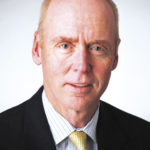
Terry Williams (Moderator)
Terry worked for almost 19 years as president and publisher of Telegraph Publishing Co., the publisher of The (Nashua) Telegraph and nashuatelegraph.com and following that company’s recently completed sale to Ogden Newspapers group of West Virginia.
Williams began his news career as a reporter and editor for Foster’s Daily Democrat of Dover and The (Lowell, Mass.) Sun before moving in 1988 to The Telegraph and becoming publisher in 1994. During his time as publisher, Telegraph Publishing expanded aggressively into online and other digital publishing and also acquired or launched several magazines, weeklies and other publications, including New Hampshire Magazine, NH.com and The (Milford) Cabinet. The Manchester-based magazine group was purchased in December by Yankee Publishing Inc. of Dublin.
Active in industry and local organizations during his years in Nashua, Williams has served as president of that area’s Big Brothers Big Sisters organization and as chairman of the Greater Nashua Chamber of Commerce. He is immediate past president of the New England Newspaper and Press Association, an officer of the New England First Amendment Coalition and a member of the publisher’s advisory board for the Washington, D.C.-based Stars & Stripes armed forces newspaper.

Ernesto Burden
Ernesto Burden is a father and Vice President Digital for Newspapers of New England (NNE). He’s been a group publisher at PennWell, vice president of digital media for The Telegraph and NH.com and related sites, as well as digital media director for the Rutland Herald and Times Argus newspapers in Vermont, online editor for The Telegraph and NH.com, and a print editor and reporter with daily and weekly newspapers. He is also a writer, marathon runner, guitarist, and an avid student of the Web, technology, literature, the Catholic faith, and the Spanish language.

Lynn Santa Lucia
Lynn Santa Lucia is director of content at BG BrandLab content studio at the Boston Globe which specializes in business-to-consumer content strategy and execution, with a focus on storytelling for impact.
Fake News and Misinformation Panelists

Paul Pronovost
Paul Pronovost is the Executive Editor of the Cape Cod Media Group, responsible for all content in the Cape Cod Times, CapeCodTimes.com, CapeCodOnline.com and PrimeTime Cape Cod. He also oversees The Cape Codder, Provincetown Banner, The (Dennis-Yarmouth) Register, Sandwich Broadsider, Bourne Courier and The (Mashpee-Falmouth) Bulletin.
The Cape Cod Times has been New England’s Newspaper of the Year 10 of the past 13 years and Cape Cod Media Group’s print and digital products have received several top prizes in regional competitions, including the Thomas K. Brindley Public Service Award, the Morley L. Piper First Amendment Award and Editor & Pubilsher’s prestigious EPPY Award. In 2016, the Times was named national Newspaper of the Year and Pronovost was named Editor of the Year by GateHouse Media Inc., the Times’ parent company, which owns more than 200 daily newspapers across the country.
Before coming to the Cape in 2000, Pronovost worked at several weekly and daily newspapers in Greater Boston, including the Dover-Sherborn Suburban Press and the Medfield Suburban Press. He was the Metro Editor and Managing Editor at the Cape Cod Times before his current role.
An enthusiastic believer in the future of media, Paul has been a champion of several efforts to evolve in the digital age, including the Dow Jones “Future of Content” project and GateHouse Media’s “Digital Next” project.
Paul holds a Bachelor of Arts in English from Saint Anselm College and a Masters in Public Administration from Suffolk University. He was a Pulitzer Prize juror in 2009 and 2010, and is past president of the Massachusetts Press Association. He has been involved in many community leadership endeavors, including the Salvation Army, Community Leadership Institute and Cape Cod Young Professionals. He also has coached for many years with the Barnstable Youth Soccer Association and has led a Destination Imagination team with the Barnstable Public Schools’ Gateway program.
Paul grew up in Medfield and now lives in Cotuit with his wife, Patricia. The couple have two daughters: Leslie, a nursing student at Simmons College, and Marguerite, a freshman at Barnstable High School.

Peter Huoppi
Peter Huoppi is director of multimedia at The Day. Over the past 11 years in New London his work has ranged from solo short-form video stories to producing and directing live multi-camera webcasts of high school sports. Most recently he served as producer and editor on the podcast series Case Unsolved, and was The Day’s newsroom liaison for the Trusting News project, which aims to help journalists earn the trust of news consumers. His work has earned first place awards in the NPPA Best of Photojournalism contest and the Eppy Awards, as well as two New England Emmys. Prior to The Day, Peter was a staff photographer at The Burlington Free Press. He is a graduate of Middlebury College and is writing his master’s thesis for the University of Missouri.

Aimee Rinehart
Aimee Rinehart manages training and international projects at the Information Disorder Project at the Shorenstein Center at the Harvard Kennedy School of Government. The ID Project fights misinformation by creating experimental journalism projects, undertaking research on those projects, and using research results to build resources and training for journalists and the wider public. She has worked online since 1996 for newspapers, magazines and nonprofits and was a digital founder at nytimes.com.
Open Records Panelists & Moderator
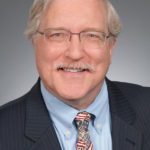
Rob Bertsche
Media and First Amendment lawyer by profession, and still a reporter at heart. I help writers, editors, bloggers, and media and other companies convey their message to the public while minimizing the risk of liability for defamation, invasion of privacy, and copyright and trademark infringement. On a typical day I may be drafting a social media policy, fighting in court for access to public records, training reporters about legal risks, vetting anything from a newspaper article to a documentary film, or defending a website against a libel claim.
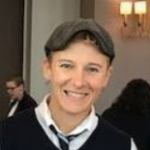
Emily Sweeney (Moderator)
Emily Sweeney is a journalist at The Boston Globe and author of the books Boston Organized Crime, Gangland Boston, and the forthcoming title The Legend of Dropkick Murphy. She has been a staff writer at the Globe since 2001, and currently serves on the board of the New England First Amendment Coalition and the New England Society of News Editors.

Tom Zuppa
Tom Zuppa is managing editor/days for The Sun of Lowell and Nashoba Valley Voice. He leads Digital First Media’s Lowell cluster efforts on public records and First Amendment issues.

Todd Feathers
Todd Feathers is a general assignment reporter for the New Hampshire Union Leader. He previously worked at the Lowell Sun and MuckRock, a nonprofit that assists journalists, activists and anybody else interested in public records with their requests.
MNPA Panelists- Anonymous Sources: Law, Policies and Practices

Peter J. Caruso, Esq.
Atty. Peter J. Caruso, Sr. has counseled over 3,000 family and business clients in real estate, estate planning, asset protection, corporation issues, land development, personal injury settlements, family and business disputes. Representing newspapers, lending institutions, family businesses, corporations in transactions and litigation in all courts.
Atty. Caruso has represented media organizations throughout New England including, NENA, NEPA, NCAMA, is involved with newspaper access issues, advertising acceptance practices and news reporting. Atty. Caruso has represented the media in the Willie Horton case, Pamela Smart case, Alan Eagleson case, and many investigative series.
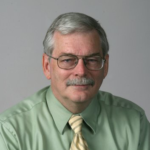
Wayne Phaneuf
From reporter to editor, from historian to historical writer, his broad experiences are demonstrative of someone who has taken his personal growth and experiences as a journalist to guide at least two generations of new journalists into careers of serving their readers. As a historian, he works steadfastly to ensure today’s readers are able to put the news events of their lives in perspective of the past.

Mike Bello
Mike Bello has been deputy city editor at the Boston Globe since 2005, overseeing spot and crime news coverage for the metro section of the newspaper. Bello has also worked at the Boston Herald, serving as copy editor, Sunday city editor and executive city editor during an 18-year career at the newspaper. He also worked at WBZ-TV as chief assignment editor from 1991-93.


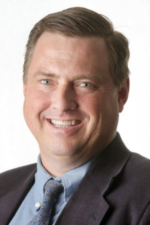



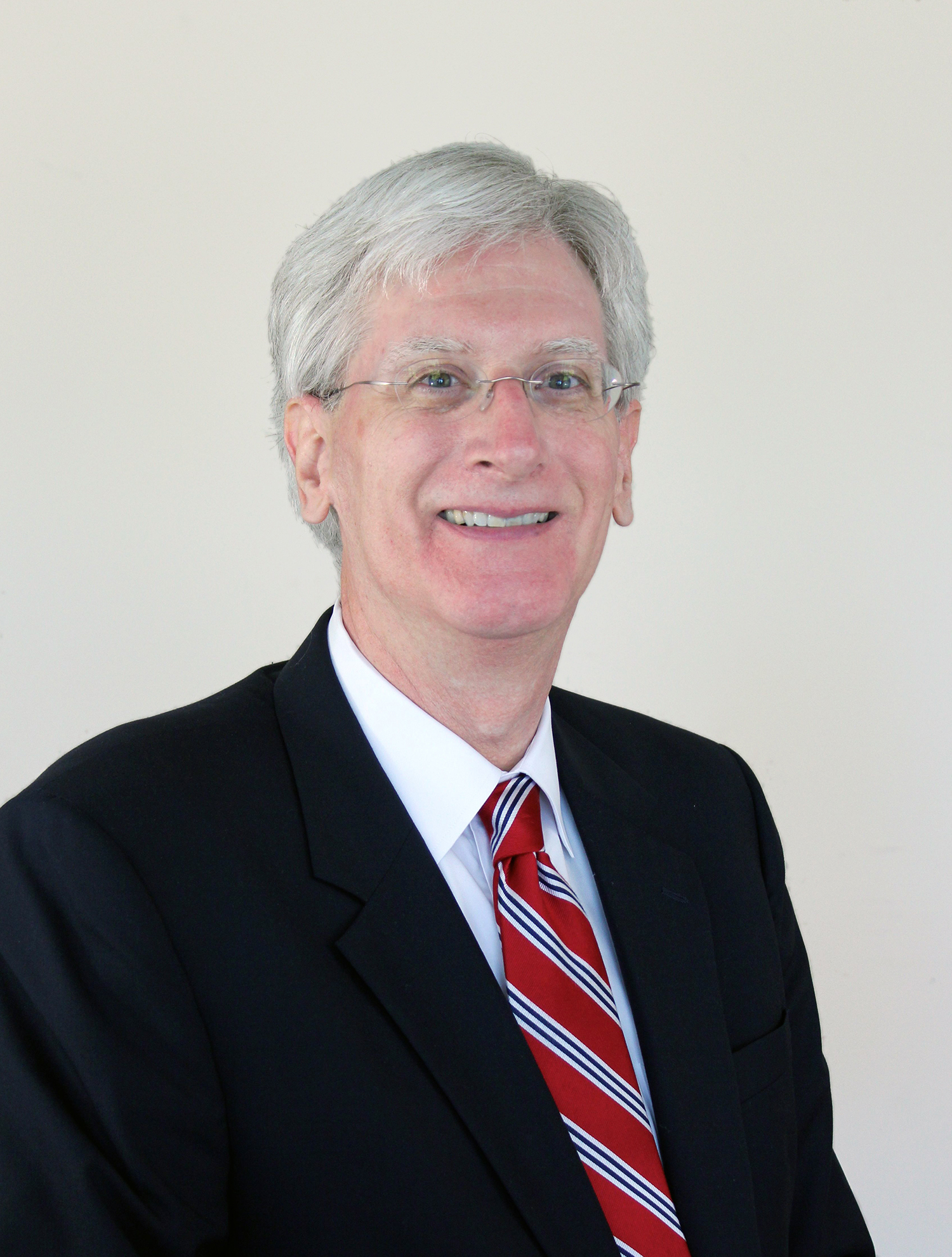

‘Enemies of the people?’ Simply, plainly – ‘no.’
As plainly and clearly as one can say or write this:
Journalism and journalists are not “enemies of the people.”
A free press brings us the news of the day, from weather to Wall Street, and when done properly functions as a “watchdog on government.” The public expects that first part, and the First Amendment — on behalf of all of us — protects that last part.
Today, at many small town publications and major metropolitan dailies and broadcast outlets big and small, something extraordinary is happening: News outlets are publishing editorials defending a free and independent press, pushing back against those who have attacked them as “enemies,” “despicable people” and purveyors of “fake news.”
“Enemies of the people?” Don’t make me laugh — though, if the implications were not so serious, we probably should.
The reality: Most journalists put their personal preferences aside in doing their job, looking for a good story regardless of political implications. “Fake news?” The term has been diluted to a current definition of news and information that some don’t want to see or hear, rather than an earlier association with factual error or deliberate misinformation.
The slander that may sting the most, the “enemies” tag, is centuries old, even appearing in a Shakespearean tragedy, but is most often associated with despots of a modern time, Stalin and Hitler. The charge simply has no place in a debate over the role, performance or ethics of a free press. It also ignores what is plain for all to see: journalists are “the people.”
Reporters and editors and broadcasters and online journalists throughout the nation live in the very same communities on which they report. Their children attend the same schools as everyone else’s. They shop in the same stores, and worship in the same places.
Most journalists work on topics like local school board policies, track government programs and officials, and report on the joys and tragedies of everyday life. Even the select group of professionals who track events in Washington or Wall Street or Silicon Valley go home at night to families and friends, just as we all do.
Yes, there are errors made in what is now journalism’s “24/7” world. There are cable TV pundits paid to pontificate, not report. The web and social media have brought us “stuff and fluff” that pretends often to be journalism but in reality is just political messaging and social posturing from those on the right and left wings of partisan debate.
A real worry is that there are just fewer journalists and fewer news outlets around to do the job — in newspapers alone, there are less than 25,000 when in 1990 there were more than 65,000. The amount of news to be reported has not shrunk accordingly. But that does not mean the remaining staffers are any less committed to clear and accurate journalism.
“We are not the enemy of the people,” Marjorie Pritchard, deputy managing editor for the editorial page of The Boston Globe, told the Associated Press earlier this week. As of Tuesday, more than 350 newspapers and broadcast outlets said they would join in the one-day commentary combine suggested by the Globe.
Pritchard said she expects differing views from the editorials, all written locally, “but the same sentiment: the importance of a free and independent press.”
No doubt some will slam President Trump for his frequent attacks on “the media,” as if there were one, monolithic news machine rather than the diverse, independent news sources that collectively make up the nation’s news outlets.
But vitriolic attacks on the press began long before Trump found ways to exploit those terms in what he told CBS’s Leslie Stahl in 2016, as his presidential campaign began, was a deliberate tactic to “discredit you all and demean you all so when you write negative stories about me no one will believe you.”
Congress tried jailing journalists it didn’t like only a few years after the Bill of Rights was adopted in 1791 — and failed soon after. Not that many years ago, President Nixon had a news media “enemies list” of those to be targeted by government agencies and deployed Vice President Spiro Agnew to call journalists “nattering nabobs of negativity,” among other things. We know who, by virtue of relentless, solid reporting, was proven right in that dispute.
Today’s unprecedented editorial blitz is prompted in large degree by the perceived effectiveness of Trump and other politicians having found a new, direct way to deliver the “enemies” tag on a near-constant basis via social media — combined with the self-awareness of a news industry that knows it has been severely weakened by the web’s negative impact on both audience and advertising income.
There is some risk in today’s editorial effort: Trump may just use it as populist evidence that “the media” really is against him. Of course, he makes that case in many ways on most other days. And the 2018 State of the First Amendment survey, released in late June, clearly shows most Americans could use a reminder about the value of a free press.
For those willing to look, journalists print, broadcast and post stories each day that make our lives better, expose waste, fraud and abuse, and celebrate the good in our collective lives. For those not willing to look, and all too willing to just parrot the glib lines of leaders more interested in political traction than accurate criticism — well, no editorial is likely to change those minds.
Whatever the reason behind editorial writers nationwide making their case today in defense of good journalism, the ultimate — and effective — response in defense of a free press is in the work that simply proves the critics wrong.